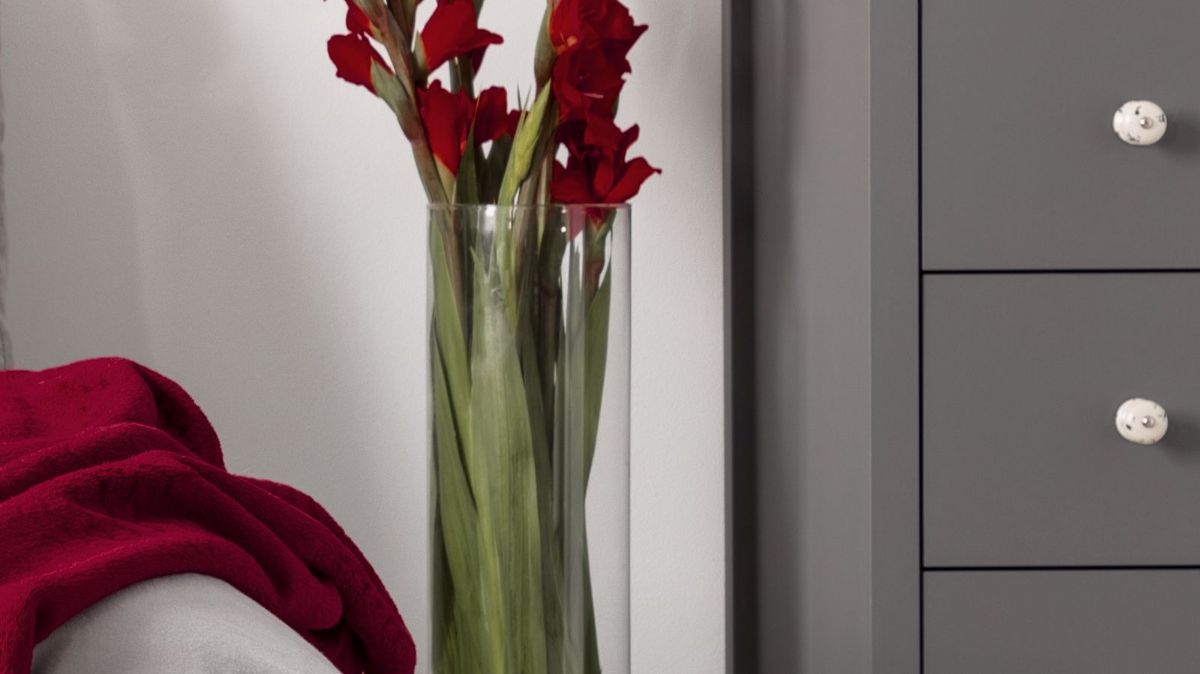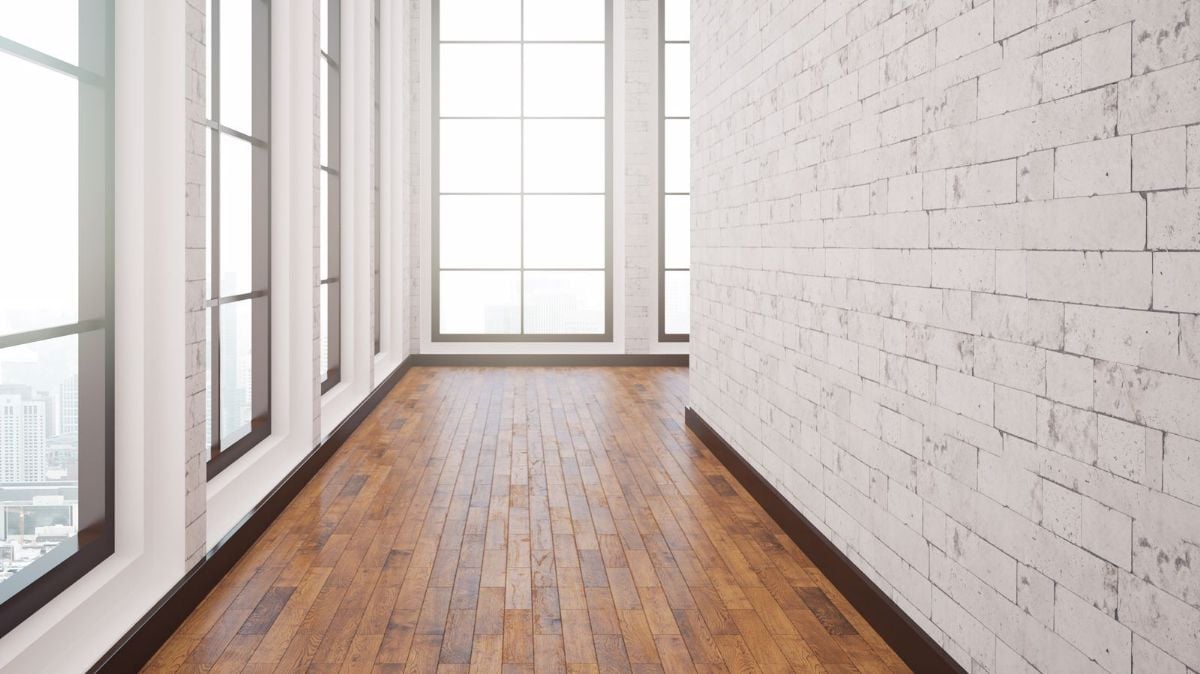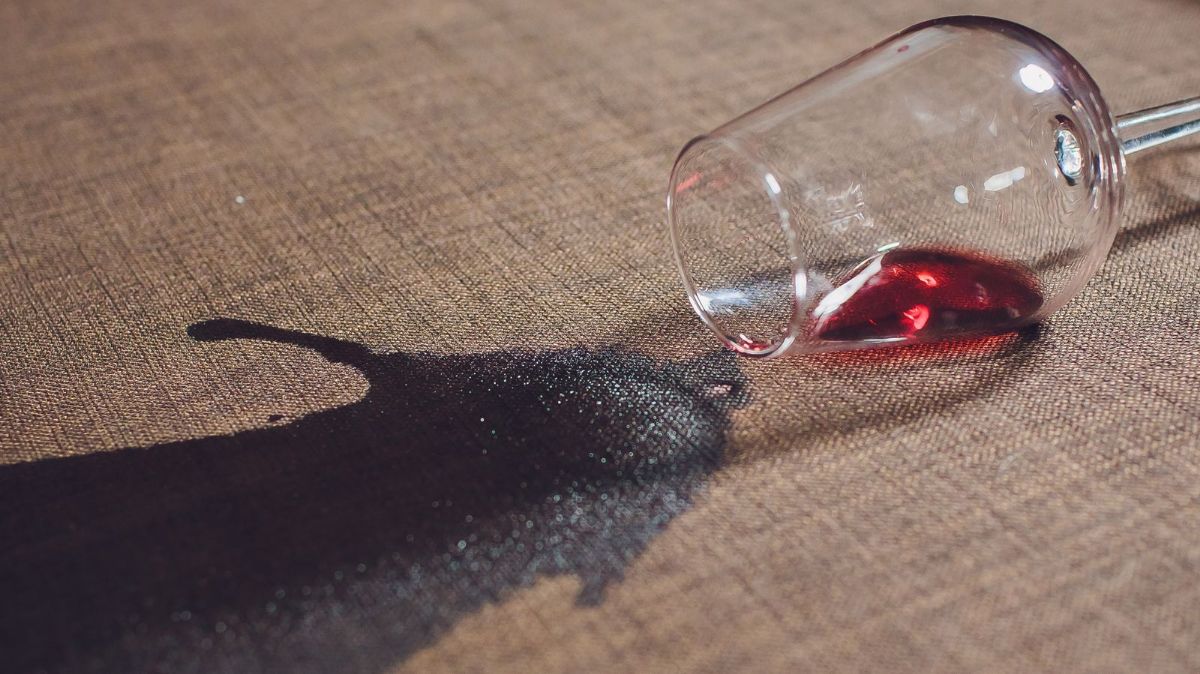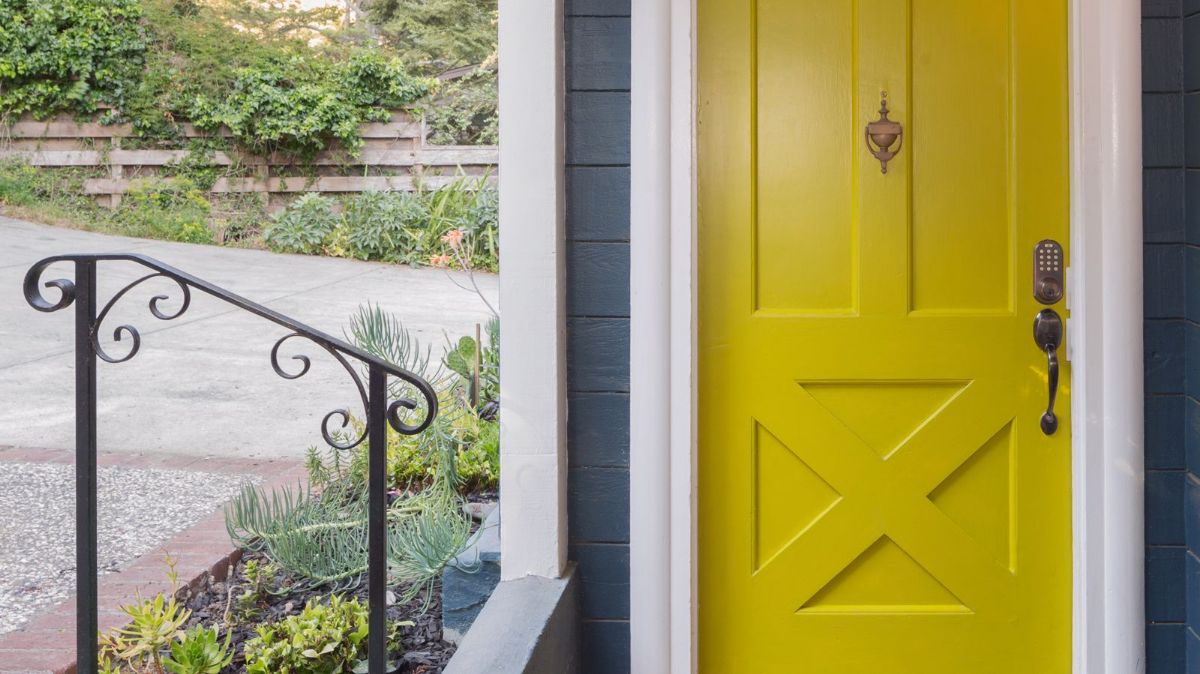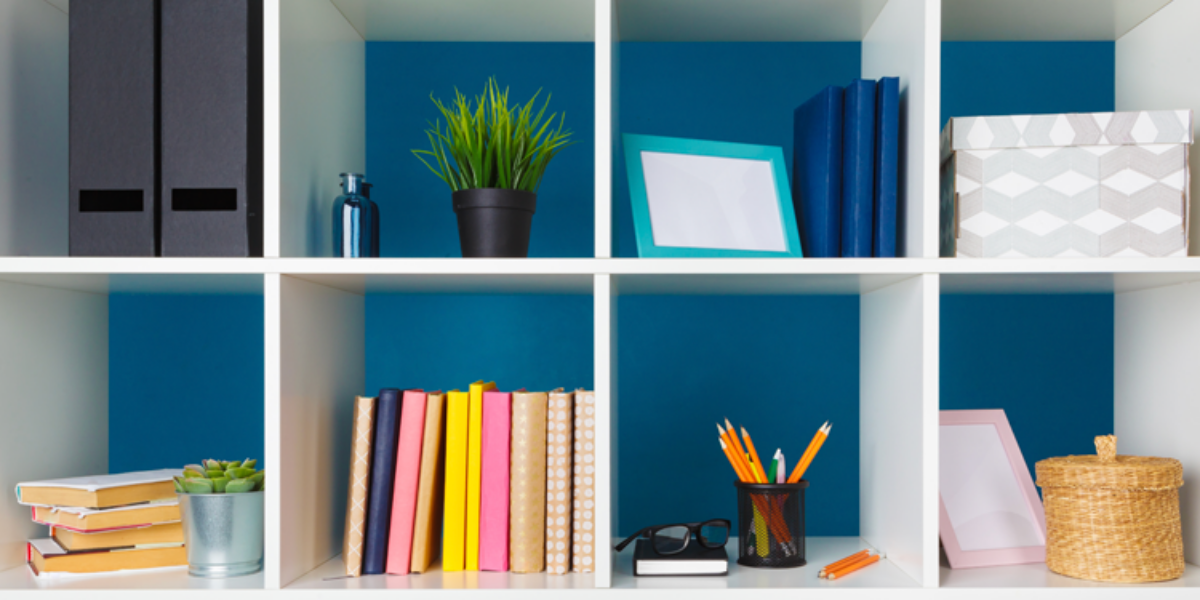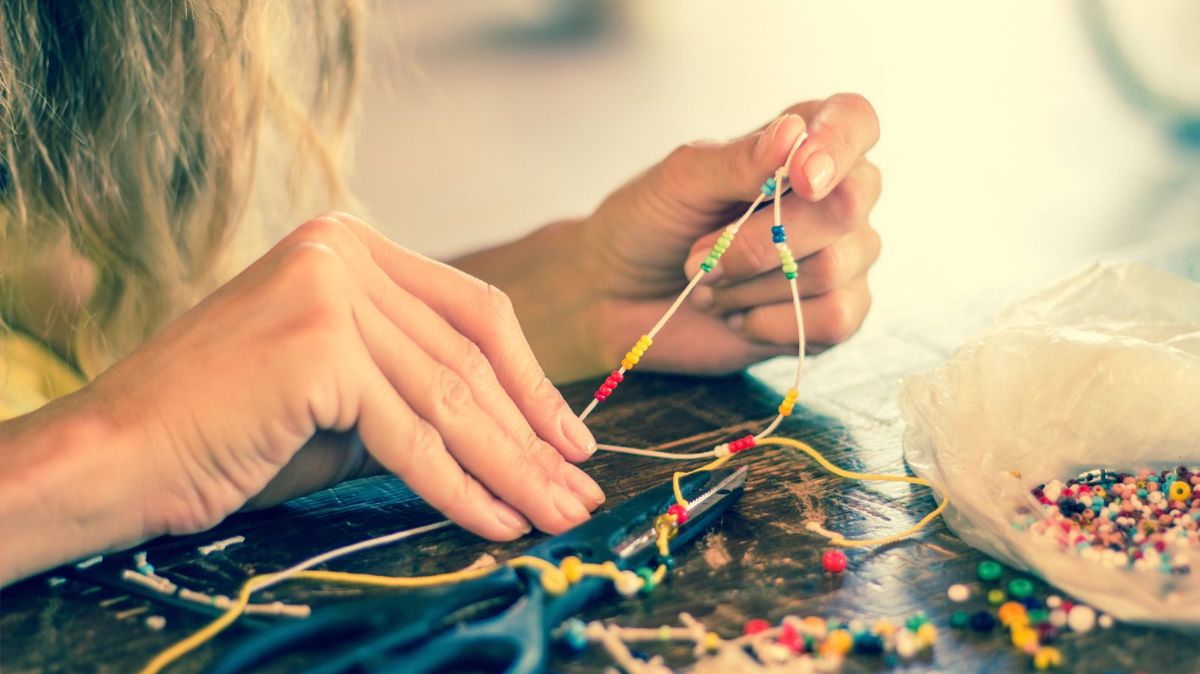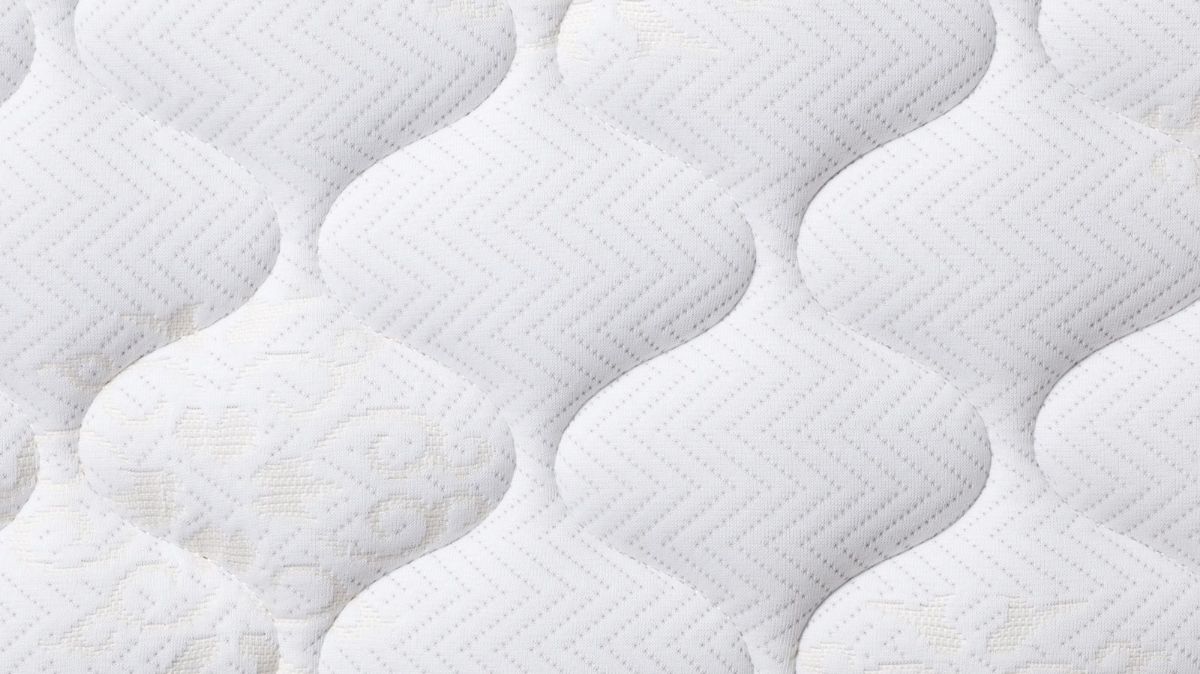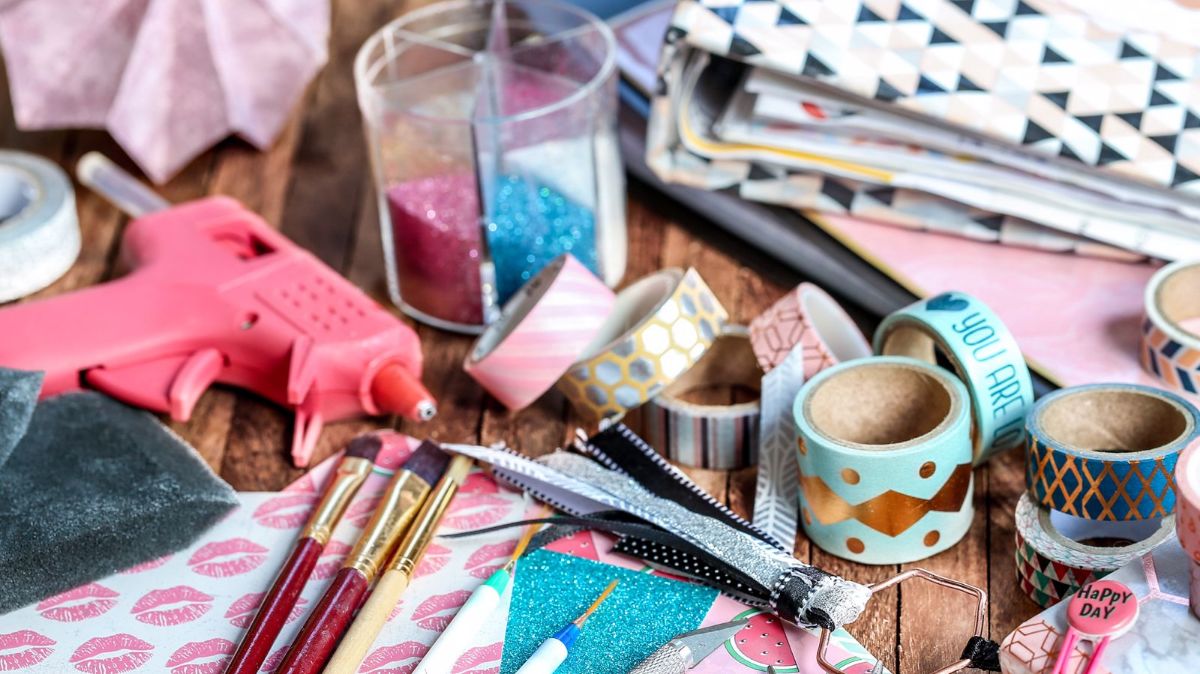The right accent pieces for your space should be a perfect marriage of style, function, and color. The most popular accent pieces include chairs, tables, rugs, and cabinets. These items serve as a way to really show off your design choices and the style of your home. Here are a few things to keep in mind when adding accent furniture to your home.
Add Texture and Patterns
An easy way to add interest to a room with a neutral palette is with a chic, standout accent chair. Feel free to stick to the same color of your other furniture, but use the chair to add an interesting texture. If the rest of your room is leather, use cloth on the chair. Or if your living room furniture is microfiber, choose a linen chair.
The best thing about accent chairs is that they are made to stand out, so you can have fun with stripes or patterns. Don't worry about mismatching; just place it in the spotlight as the signature piece.
Mix and Match Styles
Create stylish, yet comfortable living room décor by meshing a few complimenting styles. A farmhouse design looks lovely with shaker cabinet elements. A modern scheme benefits from a few bolder table choices. These accent pieces should not be the star of your room, but rather compliment the overall design by adding interest.
Consider Function
Before falling head over heals in love with that accent table, consider its location and use. If you are looking for a side table for an often-used chair, a sleek design with zero storage may not be the best choice. However, if the table is going to sit next to an out of the way bench or adorn a walkway, storage may take second place to style.
Add Drama
The perfect accent piece will add a touch of drama to your living room. If your color scheme is a mix of grays, use an accent piece to add a pop of bright green. If your living room has a sectional sofa as the focal point, consider a sleek accent chair to counteract that style choice. An unexpected choice can add flair and joy to any living room.


